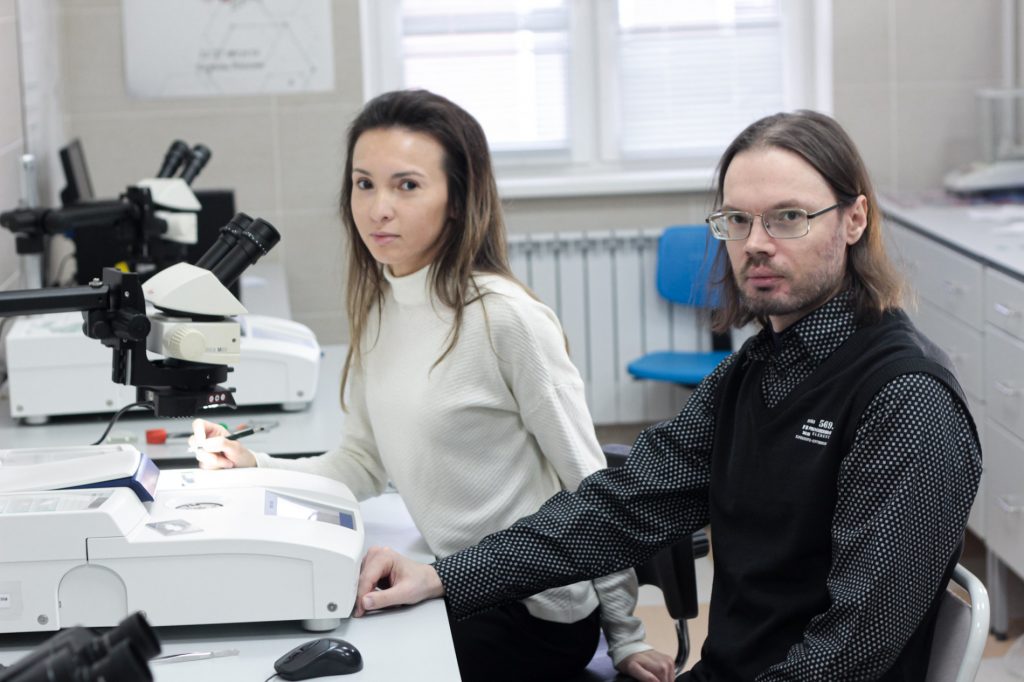Kazanian scientists first in the world to research thermodynamics of non-equilibrium protein ensembles

Employees of the Laboratory of Ultrafast Calorimetry study the folding of lysozyme in glycerol.
Associate Professor Timur Mukhametzyanov explains, “The unique properties of proteins are determined by their ordered three-dimensional structure. At the same time, protein molecules newly synthesized in the cell do not have such a structure but acquire it in the process of folding – spontaneous folding of the polypeptide chain into a unique spatial structure. This process has been the object of research by scientists for many years. We have applied a unique calorimetric technique to investigate the non-equilibrium protein ensemble formed during the folding process.”
Experimental research of folding is still quite tricky and is usually performed with spectroscopy, which is enough to see structural changes in molecules but doesn’t help in understanding the energy dynamics.
“To study protein ensembles during folding, we used ultrafast calorimetry, a technique allowing fast cooling and heating of micrometer-sized samples with speeds up to 1 million degrees per second. Microscopic sizes exclude the use of volatile solvents and water, so we prepared a solution of lysozyme in glycerol. It was previously known that this protein folds into a compact structure within glycerol,” continues the chemist.
The experiments were performed by Mukhametzyanov’s PhD student Alisa Fatkhutdinova.
“During the primary heating, the ordered structure of the protein is destroyed, and the thermal effect of denaturation can be recorded. The properties of ultrafast calorimetry then make it possible to very quickly cool the sample to a temperature at which the ordered structure becomes stable again, but the protein molecules do not yet have time to fold. After some time, heating is repeated and thermal effects are recorded, so we can evaluate the properties of the ensemble of protein molecules formed during folding,” she says.
The cooling and heating speeds in the experiment were between 50 and 4,000 degrees per second.
“We found out that the folding process has an intermediate, which is a metastable partly folded structure. We also learned that a non-equilibrium protein ensemble consists entirely of non-ordered molecules, the intermediate and a fully folded protein, which means that the speed of folding is determined by the magnitudes of energy barriers between forms of protein,” concludes Mukhametzyanov. “The study of folding is important in several aspects. First, we are finding out more about the mechanics of this process. The speed of protein folding is incredibly high – higher than what would normally be expected – and it’s important to know why that is the case. Second, our work also has practical meaning. In protein preparations, proteins are often unfolded, and they need to be morphed in a necessary conformation to be utilized properly. Third, incorrect folding is the cause of some ailments, so studying the patterns of folding is also important in this context.”

